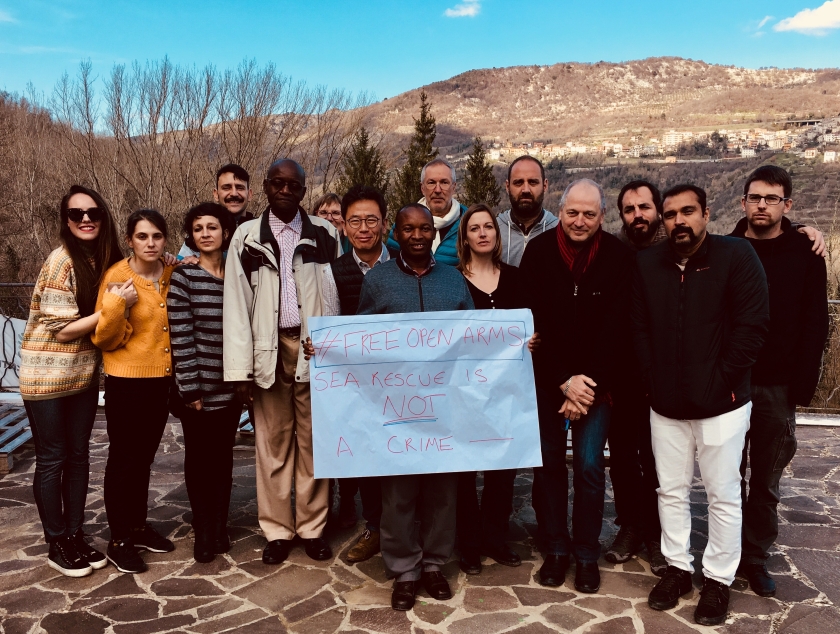
PATH Final Meeting


This last morning was focused on communication about heritage. The main purpose of this session was to provide participants with inputs on how to promote their local projects on cultural heritage. Their digital production will contribute to the Global Communication Campaign which was explained in depth by Mauro during this morning session.
Furthermore, the trainers explained the importance of the impact measurement: volunteers joining the local actions will be involved in a research to measure the impact of voluntary actions in their life.
More example of communication strategies and effective promotion was provided at the end of the morning by Fabrice DUFFAUD. To conclude the session, participants split in three groups and reflected about three topics: local visibility, media production and online promotion.
This last afternoon was dedicated to the training evaluation in order to collect all the comments, reflections and feedback from the participants about the whole event.
A questionnaire was distributed to each participant, to allow them to express anonymously their opinions on every aspects of the training (objectives, methods, contents).
As a second evaluation method, the trainers proposed a visual tool to assess the appreciation of the following elements: accommodation, food, trainers/facilitation, practical workshops in the castle, visit to Budos castle, participants’ contribution, group dynamic, free time and activities. You can see the result of this evaluation in the next picture :
Finally, a last evaluation tool, based on the method of space distribution, give participants the chance to voice their feedback in an interactive way. They were invited to place themselves in a room according to their assessment of the following topics:
In order to celebrate the end of this successful training, the group organised a farewell event to share local food from the different countries, which was prepared by the participants under Marie’s supervision. As final and welcomed guest, Eric Suzanne, Prefect of Langon joined the group for a conclusive speech.
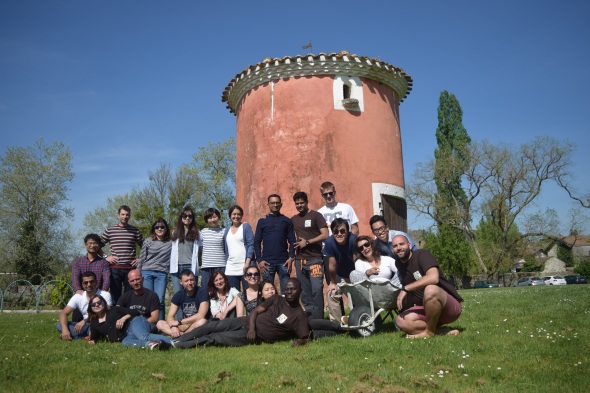
Before starting the morning session, participants were invited to debrief the last two days of practical workshops and visits. These are some reflections from the participants:
After this activity, the trainers proposed a game shaped according to the TV show “Who wants to be millionaire?”, to recap some important information about rural heritage and on topics debated during the previous sessions.
The next part of this morning session focused on volunteers management, conflict resolution and team management, which are essential elements in the organisation of a workcamp. Participants had to work in groups to propose solutions to three different challenging situations that they could face during their workcamp:
After the presenation of results in plenary, participants were invited to propose solutions or to share personal experiences related to the topic of conflict resolution in an intercultural voluntary project. They were given different drawings, each displaying a problematic scenario. This was the occasion to share their ideas to solve this kind of situation but also to share their experiences about conflict management in workcamps.
At the end of this morning, Marie (the cook of the training) was invited to share her cooking experience in a workcamp. The participants asked several questions about managing resources, preparing recipes, designing menus, dealing with quantities for large group and diet issues. Of course, the group thanked Marie for her great cooking during the whole training!
A new session about intangible heritage completed the first one about tangible heritage. Rita presented the multiple facets behind the concept of intangible heritage, providing several examples to give a representation of heritage as comprehensive as possible. After this, she explained the different possibilities on how to preserve and conserve heritage.
In the second part of the afternoon, Mauro discussed with participants about the local actions that each PATH partner has to implement during the next months. After this, participants prepared an individual presentation about their organisation and their future local PATH workcamp. Besides showing their nice flipcharts, some participants shared also videos, pictures and other material about their organisations.
The afternoon ended with a workshop on games and activities that can be useful for intercultural projects. The two objectives of this session were:
Mauro presented some games and participants were invited to play and reflect about specific elements, such us the importance of preparing in advance this kind of activities, their potential as social inclusion tool and the respect of diversity in the group.
At the end of this fifth day, the entire group went to the municipality to meet the mayor of Villandraut and his council. After the speech of the mayor, everybody shared a drink together and enjoyed this moment to talk to each other.
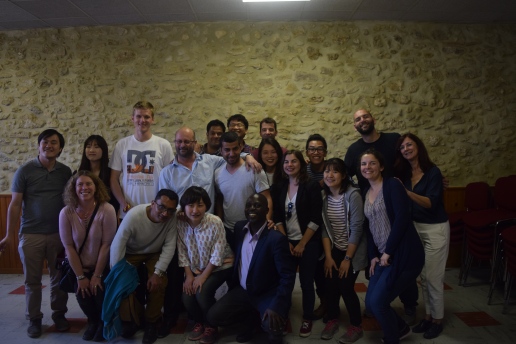
A new round of practical sessions combined to a visit to Budos Castle and its nearby vineyards were the highlights of day 4.
At the Budos Castle, Marie-Georges and Laura from Adichats explained the work done by the association on this heritage site. The activities run in this place have a special value, since this was the first project of the association and volunteers are still working on it during summer workcamps.
During this visit, participants, divided into 3 groups, were invited to design potential projects to be implemented in the site with a group of volunteers. The results were then presented in plenary. Here are same ideas brought up by the participants:
After this activity, the group had the chance to visit to Budos Castle vineyards and to enjoy a wine tasting with the owner of the place. It was a pleasant moment to appreciate the value of intangible heritage.
The same hands-on sessions held on Saturday were repeated on Sunday, in order to let the participants the chance to experience all three different activities through a rotation system.
The sunny weather, a good group dynamic and the guidance of the great experts ensured the perfect conditions to learn many things about archaeology, masonry and stone-cutting.
These pictures show the result of the group work (before and after the wall restoration of the masonry workshop)
The morning of 8 April started with an entertaining name game outdoor that energized the participants and got them ready for the next sessions.
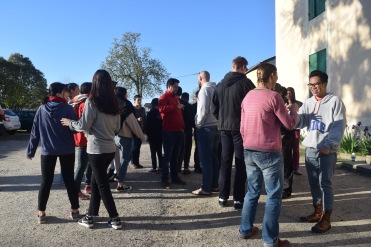
The morning activities included 3 presentations about working on tangible heritage.
Rita ALBUQUERQUE introduced the different types of heritage, providing definitions and examples from all over the world in order to highlight the aspect of diversity when talking about tangible and intangible heritage.
Sarah GRANT showed the work of her association Terre de Pierres in Périllos (France). Since 2006, this association has been working on the restoration of the village to “make it alive again”. Some buildings were restored as the venue for workcamp volunteers, a common space and also the cemetery of the village.
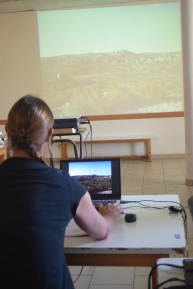
Teresa NOVOA concluded this presentation round with a session on the Portuguese association Palombar and its work to preserve the pigeon houses in a specific area of Portugal named “Behind the hills”, a good example to show the links existing between cultural heritage, the environment and the local community. After the presentations, participants were invited to ask questions and to share their impressions.
The whole afternoon was dedicated to the first practical session of the PATH Capacity Building Training, organized in the castle of Villandraut, the main cultural heritage site of the village.
Before starting the hands-on activities, participants had a visit of the castle with Marie-Georges. The site, classified as a “monument historique” since 1886, owes its fame to his first owner, Pope Clément V.
During the visit, participants were invited to create three groups, who engaged in practical work at the Castle.
Three experts guided the participants in the hands-on activities, which were particularly interesting and enriching:
The first activity of the training was a getting to know each other game, an entertaining and effective way to start the day and to make everybody feel comfortable and energetic.
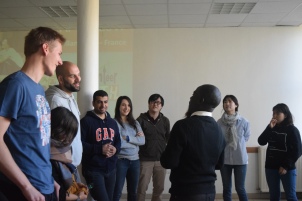
The first official speech of this training was held by Marie-Georges PAGEL-BROUSSE, from Adichats (the hosting organisation) followed by Mauro CARTA (CCIVS) and Rita ALBUQUERQUE (external expert) in order to present the PATH project and the general objective of the training.
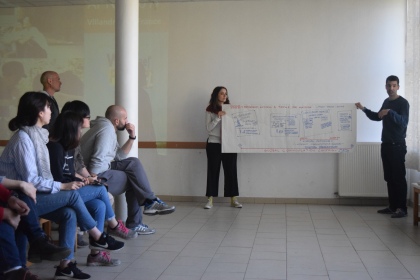
After this presentation, participants were invited to share their personal inputs on challenges, expectations and contributions, which were displayed in three different flipcharts.
The morning activities included presentations: one from Fabrice DUFFAUD about the history of the International Voluntary Service movement and another one from Teresa NOVOA about rural heritage projects.
Florie ALAR, from the French ministry of culture, and Laura SOULARD, an archeologist working for Adichats, joined the group in the afternoon.
Florie ALAR explained to the participants the different departments for culture in the French region of Nouvelle Aquitaine. She presented also the different ways to classify a monument in France and the main legislative rules for the protection of cultural heritage. She used several international examples to illustrate her presentation.
Laura SOULARD’s presentation focused on archaeological techniques. Her concrete experience in archeology work with groups was useful for the participants to learn more about specific actions they could implement in their own workcamp.
In the second part of the afternoon, a non-formal education activities allowed participants to exchange their ideas about three different topics. Divided in groups of 5-6 people, they were invited to discuss about:
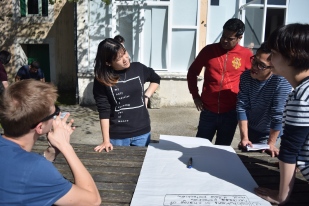
After half an hour, a participant from each team presented the results of the group discussions, stressing the diversities and similarities existing among the different countries.
This first day, participants from different corners of Europe and Asia arrived in the pleasant venue in Villandraut.
The first dinner was an important moment for the group to get to know each other, to discover the place where the activities took place and to taste the fabulous meals prepared by Marie, the great cook of the training.
After that, everyone got some rest to be ready for the official opening of the first PATH Capacity Building Training on the next day.
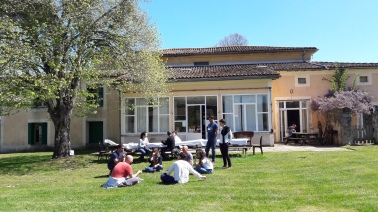
The page for the local projects of PATH has now been updated with more detailed information regarding the work camps.
A short background of the organisation arranging the activities, a project description and the dates of the project can now be found on the page along with some pictures from past projects. Head over there to take a look and learn about all of our different partners and their projects for PATH!
10/02/2017
During the last day, focus was on the future. In groups, the participants were asked to identify potential stakeholders and networking opportunities. They also discussed potential strategies to use for approaching the stakeholders and for forming partnerships.
The result was a wide range of potential stakeholders such as
The opportunities with these stakeholders were funding and partnerships, but also other resources such as promotion and publicity, transport and logistics, communication, a strong network and more.
The participants came up with many opportunities for partnerships with the stakeholders and thought it was important to see the many possibilities and that it is not just about funds.
The strategies to make use of these opportunities were
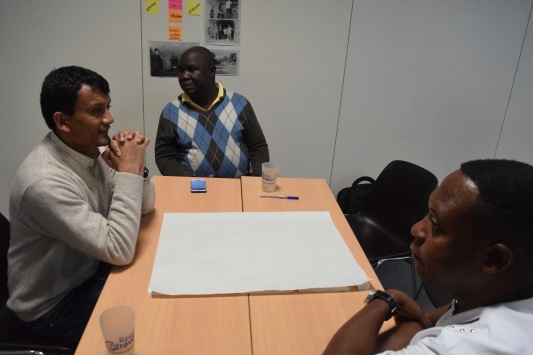
The end of the day was the time to say thanks to the dedicated participants, to the incredible facilitators and the hard working CCIVS team.
All in all, the experience was highly appreciated by everyone involved and the whole group have formed new friendships and established contacts from many different countries.
So, a big THANK YOU again to everyone who participated, supported or attended the event. Hopefully we will see you again at future events or in new partnerships!
/ CCIVS Secretariat
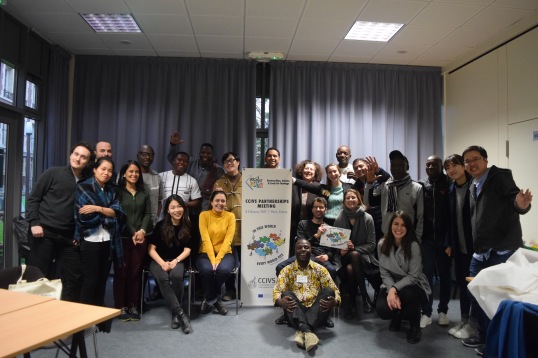
09/02/2017
In the afternoon of the fourth day, the participants listened to a presentation by Jihyun from IWO/Better World. The presentation was on CSR and gave detailed information on how it works to collaborate with a corporation. Jihyun also gave more tips on how to position your organisations for different stakeholders. The key was to provide extensive information and prove that you would be reliable and responsable partner to work with. She also gave tips on how to manage your collaborations and making sure that you can present them with authenticity and transparency.
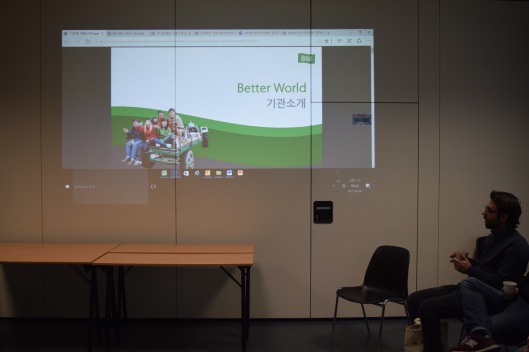
After a break, there was a seminar with Francesco from the University of Illinois, USA. Since PATH is also doing a collaboration on impact measurement with this university, Francesco gave a detailed explanation on how it works with impact assessment and gathering data. In order to show the outcomes of our projects, we need to gather data and have them analysed to be able to show the connection between the projects/work camps and the positive changes we see in volunteers and communities.
Francesco also explained the way the survey will work, since the organisations hosting Local Awareness Raising Actions will also make a survey before and after their projects. This data will then be analysed by the University of Illinois.
After the seminar the participants were divided into reflection groups and together asked to create ‘macro categories’ to be used in the next activity.
Examples of macro categories which were chosen:
The task was then to turn the macro categories into micro categories, meaning the specific goals that each category was related to. For example the macro category – >
Respect for diversity was divided into:
The groups then proceeded to create statements or questions which could be used as indicators in a survey. Respect for diversity was given these four indicators:
This activity was then followed up the next day and the groups had the chance to revise and add to their indicators. So finally we ended up with complete indicators which will be sent to Francesco to use as a basis when they create the survey for the impact measurement project.
For example, again, respect for diversity was structured into these indicators:
*marks statements/questions from the previous session
The same process was done with all of the macro categories, and each group then presented their results to all. The other groups then gave feedback and suggestions and in that way all of the participants had an influence in the structure of the indicators.